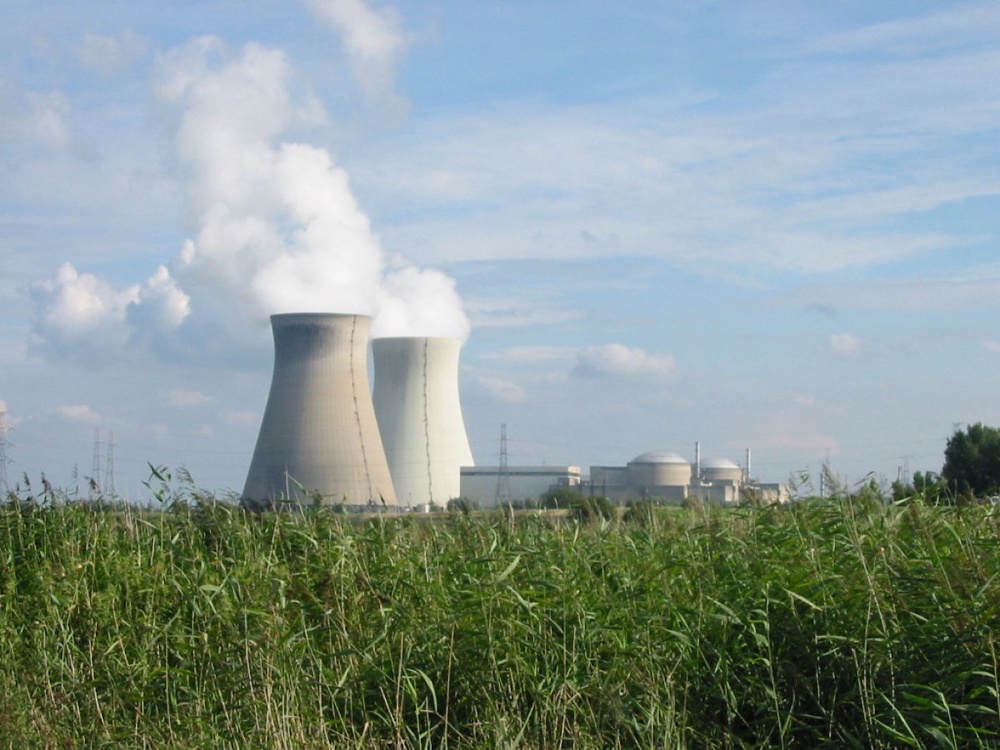
The largest nuclear power plant in the world may be forced to shut down under tightened rules proposed by Japan's new nuclear watchdog aimed at safeguarding against earthquakes, AFP says citing a report. Fukushima operator Tokyo Electric Power's vast Kashiwazaki-Kariwa plant in central Japan could be on the chopping block if the Nuclear Regulation Authority expands the definition of an active fault. The movement of a fault -- a crack in the earth's crust -- can generate massive earthquakes like the one that sparked a tsunami that slammed into the Fukushima Daiichi plant in March 2011, setting off the worst atomic crisis in a generation. The watchdog is planning to define an active fault as one that moved any time within the past 400,000 years, rather than the current 120,000 to 130,000-year limit, an official told AFP, which could spell the end of the TEPCO plant. "The new guidelines will be put into effect in July, and then we will re-evaluate the safety of each of Japan's nuclear plants," said the NRA official, adding no decisions would be made until the new rules were in place. At least two "non-active" faults underneath the site's reactors could be ensnared by the new definition, forcing its closure, according to a report in the mass-circulation Yomiuri Shimbun newspaper on Friday. Other Japanese media have carried similar reports. A company spokesman said TEPCO was conducting more tests on the faults underneath the Kashiwazaki-Kariwa plant, the world's biggest by generating capacity. The NRA is conducting or planning to conduct investigations into six other nuclear plants in Japan. At present only two of the country's 50 reactors are operational, after the entire stable was shuttered over several months for scheduled safety checks. Public resistance has meant the government has been reluctant to give the go-ahead for their re-starting. The two reactors that are working are both being investigated by seismologists. In 2007, the government ordered the temporary closure of the Kashiwazaki-Kariwa plant after a 6.8-magnitude earthquake destroyed hundreds of homes in the area and jolted the sprawling plant, which was close to the quake's epicentre, leading to a small radiation leak. The 9.0-magnitude earthquake that struck off Japan's northeastern coast in 2011 triggered the tsunami that left about 19,000 dead and set off the emergency at Fukushima. No one is officially recorded as having died as a direct result of the nuclear catastrophe, but radiation leaks forced tens of thousands of people from their homes and left swathes of agricultural land unfarmable.





The largest nuclear power plant in the world may be forced to shut down under tightened rules proposed by Japan's new nuclear watchdog aimed at safeguarding against earthquakes, AFP says citing a report.
Fukushima operator Tokyo Electric Power's vast Kashiwazaki-Kariwa plant in central Japan could be on the chopping block if the Nuclear Regulation Authority expands the definition of an active fault.
The movement of a fault -- a crack in the earth's crust -- can generate massive earthquakes like the one that sparked a tsunami that slammed into the Fukushima Daiichi plant in March 2011, setting off the worst atomic crisis in a generation.
The watchdog is planning to define an active fault as one that moved any time within the past 400,000 years, rather than the current 120,000 to 130,000-year limit, an official told AFP, which could spell the end of the TEPCO plant.
"The new guidelines will be put into effect in July, and then we will re-evaluate the safety of each of Japan's nuclear plants," said the NRA official, adding no decisions would be made until the new rules were in place.
At least two "non-active" faults underneath the site's reactors could be ensnared by the new definition, forcing its closure, according to a report in the mass-circulation Yomiuri Shimbun newspaper on Friday.
Other Japanese media have carried similar reports.
A company spokesman said TEPCO was conducting more tests on the faults underneath the Kashiwazaki-Kariwa plant, the world's biggest by generating capacity.
The NRA is conducting or planning to conduct investigations into six other nuclear plants in Japan.
At present only two of the country's 50 reactors are operational, after the entire stable was shuttered over several months for scheduled safety checks. Public resistance has meant the government has been reluctant to give the go-ahead for their re-starting.
The two reactors that are working are both being investigated by seismologists.
In 2007, the government ordered the temporary closure of the Kashiwazaki-Kariwa plant after a 6.8-magnitude earthquake destroyed hundreds of homes in the area and jolted the sprawling plant, which was close to the quake's epicentre, leading to a small radiation leak.
The 9.0-magnitude earthquake that struck off Japan's northeastern coast in 2011 triggered the tsunami that left about 19,000 dead and set off the emergency at Fukushima.
No one is officially recorded as having died as a direct result of the nuclear catastrophe, but radiation leaks forced tens of thousands of people from their homes and left swathes of agricultural land unfarmable.


 +7 (777) 001 44 99
+7 (777) 001 44 99















































